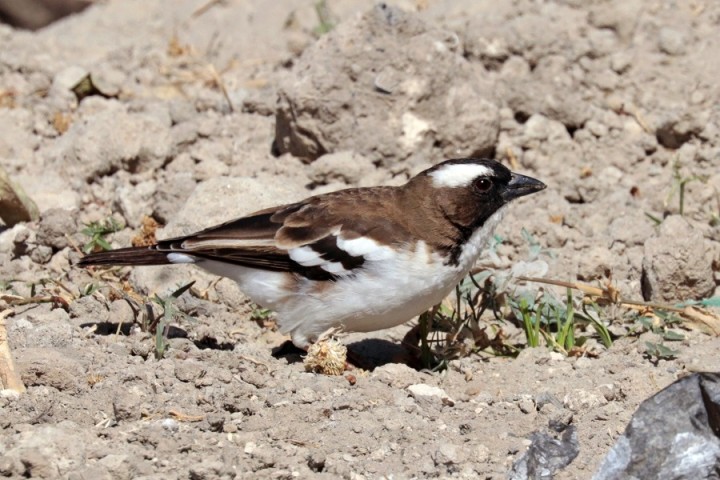Groups of weaver birds found to have their own distinct nest-building styles

A team of biologists in the U.K. and Canada has found that at least one type of bird has its own distinct nest building style. In their study, published in the journal Science, the group conducted a two-year study of nest-building by sparrow weavers in the Kalahari Desert.
Prior research has shown that different bird species and groups have their own unique singing styles—some also have their own migration and foraging styles, as well. In this new effort, the research team has found that at least one type of bird has groups with their own unique nesting strategies.
The work involved studying white-browed sparrow weavers for two years, watching and taping them as they built their nests and measuring the results. They chose the species because the birds are known to build multiple single-occupancy nests, all from grass, throughout a given year, providing a lot of observational opportunities.
The birds are also known to be a social species—they help each other build their nests together in roosts. The researchers observed up to eight birds working together to build a single nest. In all, the team watched as 43 groups built almost 450 nests. They noted that the groups lived in the same general area and had similar habitat conditions and genetics.
In studying the nests, the researchers found patterns among groups—some built short and thick nests, for example, while others built their nests with long, elaborate entrances and exit tunnels.
The differences were seen in subsequent nests built over time by birds in the same groups, demonstrating that the style differences were not due to chance. The researchers also found no evidence of natural variables such as wind or temperature variation that could account for the differences.
The research team suggests that at least some of the differences in nest-building were passed down across generations, demonstrating transmission behavior that was not genetic in nature.

